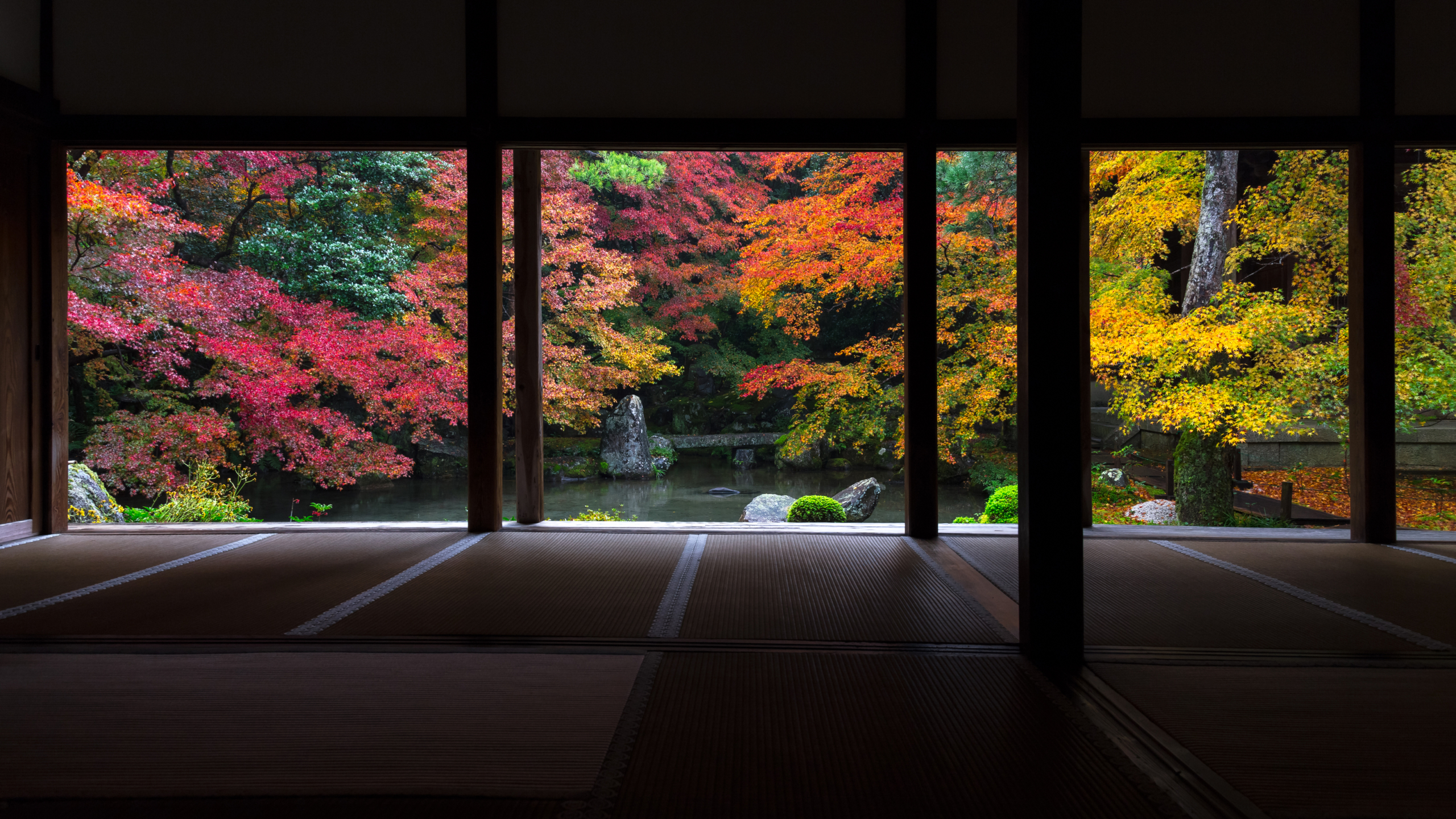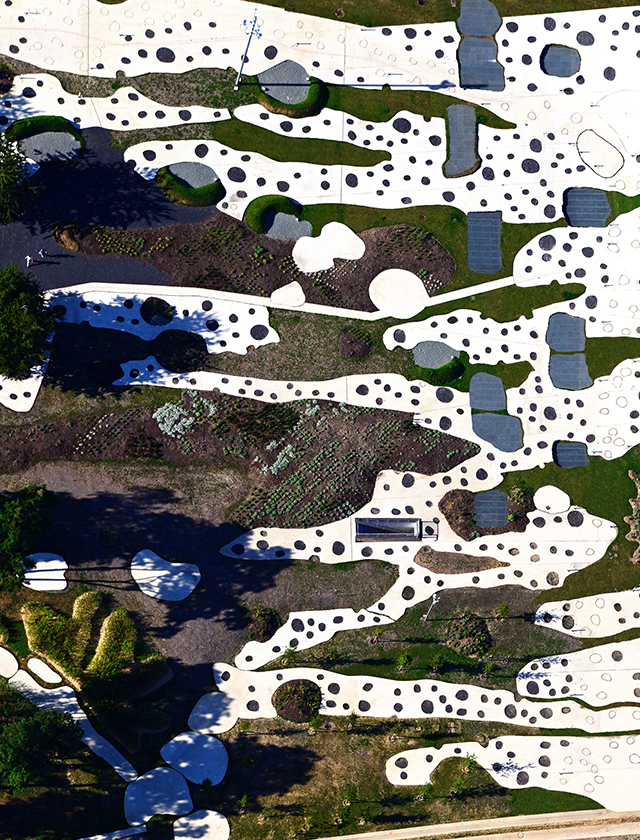Drawing new ways of conceiving our relationship to the milieu from Eastern thought
Mesology, a new science based on the Japanese fūdo, emerges from the porosity between geography and society. How does the notion of the ecumene differ from that of the landscape in that context?
I indeed discovered mesology in Watsuji’s Fūdo, which was published in 1935. This book proved so important for me that I ended up translating it; I gave it the title Fūdo, le milieu humainFūdo, le milieu humain (Paris: CNRS Éditions, 2011). [literally, Fūdo, the Human Milieu]. Geography as I had learnt it was possibilistic, but it had failed to give me either the ontology or the logic of what reality concretely is in a human milieu.
Fūdo, however, aptly opens with an ontological concept, fūdosei, which I translated as “mediance.” Watsuji defines this concept as the “structural moment of human existence.” This means that our existence is like the dynamic coupling, or moment, of two “halves”—the individual and their milieu—and that the concrete reality of a human being is the product of this coupling.
Yet, given that our milieu is thus ontologically the “half” of who we are, it cannot be a pure object; it is trajective. This I why I added a concept to Watsuji’s fūdosei (mediance), that of trajection, the process from which the mediance of human existence in its concrete milieu originates.
The same goes for the other living species in the various milieus of the biosphere, except that they are simply environments, while human milieus are eco-techno-symbolical. The human milieus form the ecumene, which is therefore different from the biosphere. Involving technology and symbols, the reality of the milieus of the ecumene cannot be reduced to the ecosystems alone.
This is the case of the landscape, which is more than simply the material form of the environment and in fact a trajective, eco-techno-symbolical, and historical reality that appeared in the historical contingency of a concrete milieu, that of southern China in the fourth century, and then to the Renaissance in Europe. The landscape has since become the manner in which our milieu appears to us.
You devoted yourself to understanding the relationship between Japanese society and nature. Considering that the ecumene is eco-techno-symbolical, is mediance the “sensory experience of place”? How does it influence the relationship the Japanese have with their environment and how is it reflected in their language, architecture, and aesthetic approach?
From the point of view of mesology, the “sensory experience of place” is none other than reality. Reality is made of things within a ternarity, and not of objects in the binarity of subject-object dualism. This is true for any human reality or any reality from the living world, including in the field of physics, at least at the quantum level, as Heisenberg has observed. Even then, we only have empirical access to what Bernard d’Espagnat called “veiled reality.” The reality-per-se of objects is necessarily “veiled” and hidden from us by the reality that must be established so that the object can take on a concrete existence for us.
In this respect, the Western metaphysical tradition, from Parmenides, Plato, all the way until the culmination of Cartesian dualism, has focused on the being-per-se—which, in the seventeenth century became, by a process of abstraction, on the one hand the modern subject, and on the other, the modern object—rather than on the relationship that concretely brings things into existence depending on our own existence. The so-called Eastern tradition focused on this relationship instead, particularly so in Buddhist thought. The Japanese understanding and practice of reality and life, which does not clearly set apart what is human from what is non-human, developed historically in this tradition.
There was a recent paradigm shift in primatology for instance as this science has be drawn closer to anthropology under the influence of the work of the Japanese naturalist Imanishi Kinji. I translated his book, La Liberté dans l’évolutionLa Liberté dans l’évolution (Marseille: Wildproject, 2016). [Shutaisei no Shinkaron, which could be translated as Subjecthood in the Evolution of Species], in which he recognizes species as subjects, an idea that isn’t accepted in Western thought since the medieval debate on universals.
The poetry anthology Man’yōshū expresses the idea of “letting things express one’s feelings”Mono ni yosete omoi wo nobu. as early as the eighth century, which implies that things aren’t neutral objects, abstracted from ourselves and “out there” in the environment, but that they are rather concretely imbued with our being, in the mediance of our milieu. Later, there was talk of mono no aware, which I translate as “the power of things to move us” [in French, l’émouvance des choses]. This is a true concept, the polar opposite of the dualistic dichotomy between the subject and the object. Things in our milieu can concretely symbolize our own emotion and may themselves seem moved by emotions precisely because they are not neutral objects. They constitute the trajective reality of our milieu.
Unlike the Cartesian cogito faced with the res extensa—the “extended thing”, the corporeal objet—we do not transcend this trajective reality; it is immanent to us given that we take part in the trajection that gives it a concrete existence for us. And, conversely, our existence is immanent to the reality of things in our milieu. That is what mediance is all about, and it is not surprising that a Japanese philosopher, Watsuji, should be the one to first conceptualize it.
Just as in Europe the pictorial perspective, which placed the observer’s eye outside the image, had preceded Cartesian dualism, which places the subject outside of objective reality, by two centuries, in Japan, art expressed this mediance long before Watsuji conceptualized it. It is the case, for example, in architecture, with the engawa, the timber platform that defines the trajective connection between the truly interior spaces, those of the tatami rooms, and the garden outside. There is no dichotomic opposition between the outside and the inside but a transition, a trajection.
The same tendency exists at the linguistic level, for instance in the way what we call pronouns operate. [In English], the “I” that expresses the self-identity of the Cartesian subject is as transcendent as the cogito itself and is invariable whatever the position or the circumstances, the gender, the age of the speaker or his relationship with the addressee. The “I” remains as such; in other words, the “I” transcends the environment. In Japanese however, there is no proper first-person pronoun and the word that is used to convey the first person is always circumstantial, contingent, and immanent to the concrete scene of the enunciation.



